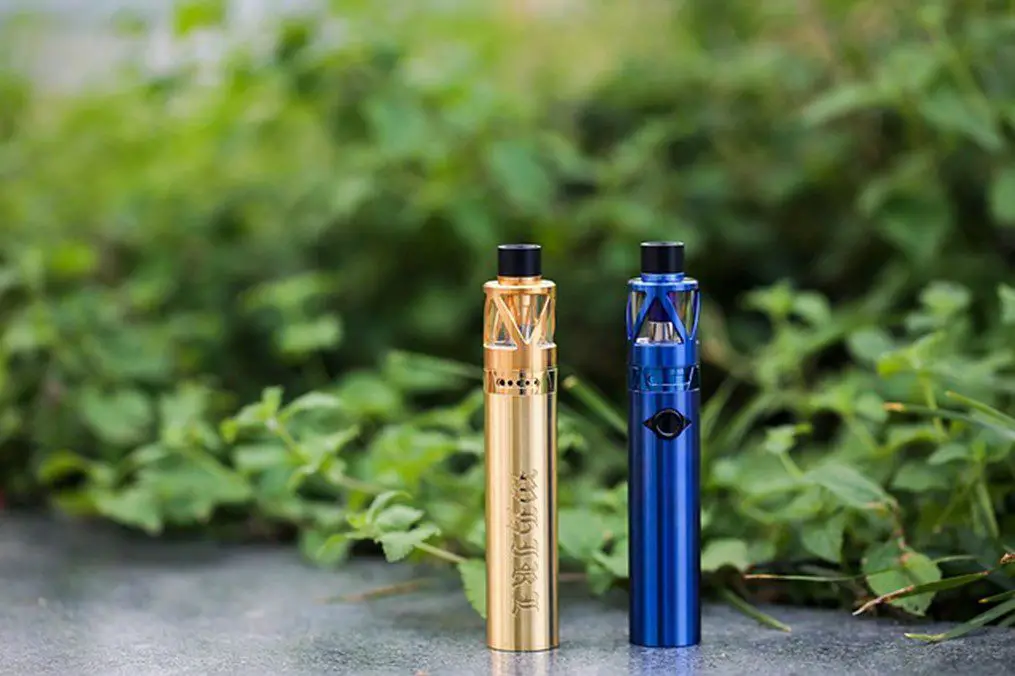Historians trace the vaporization technique to ancient Egyptians in the BC era, who heated herbs and oils on hot stones to inhale the released vapor. However, vaping has come a long way with the invention of vaporizers like vape pens.
Vape pens have revolutionized how people get “high” and administer certain medications. The ubiquity of vape pens has also led to the rise of unique vape pen designs, such as the small but mighty 50 mg Hyde vape that lasts 400 puffs. Besides incredible design elements, there are many intriguing facts about vape pens, so check them out below.
Although vape pens only gained social acceptance a decade or so ago, the vape pen industry has grown exponentially since then. For example, one mega vape pen manufacturer saw their sales grow almost eightfold, from selling 2.2milling vape pens in 2016 to 16.2 million vape pens in 2017.
Moreover, statistics on the global vape market share show the industry was worth $15.4 billion in 2020. The statistics also project a 23.7% compound annual growth rate in the industry between 2021 and 2028.
Initially, vape pens gained traction during anti-smoking campaigns because smokers considered them lite cigarettes. The anti-smoking movements were bad for tobacco companies, so they branded lite cigarettes and positioned them as producing significantly less tobacco tar. So, vape pens became popular among smokers seeking to make the switch to lite cigarettes.
However, today people vape out of curiosity, boredom, “street credit,” relaxation, as a social activity, and wellness. Also, despite the misconception that vaping is preserving young adults, statistics show that 16% of adults aged 30-64 vape regularly. However, the emergence of recreational and medicinal marijuana vape products is arguably the main contributor to the vape pen industry growth.


Image Source: Pixabay.com
Vaping dates back to ancient Egypt; however, the vape pen as we know it today only came to be in 2003. Various innovators attempted to invent vape device prototypes as a safer alternative to smoking tobacco, as shown in the chronological history of vape pens.
The first recorded allusion to an electronic vaping device was by a New York-based innovator named Joseph Robinson. He filed a patent to create an electronic vape device in 1927 and received the patent in 1930. However, there is no record of any vaping device prototypes made from the patent.
Next was Herbert A. Gilbert, who in 1963 filed a patent for a prototype that was somewhat similar to the modern-day vape pen. Unfortunately, Gilbert never managed to commercialize his patent.
Finally, in 2003, a Chinese chemist named Hon Lik filed a patent for the first e-cigarette as we know it today. He drew the inspiration to create a safe electronic vape device after his father, a heavy smoker, passed away from smoke-related cancer. It was after Lik commercialized his e-cigarette patent that the modern vape pen emerged.
The English language is continually growing to accommodate new words and concepts. Therefore, towards the end of each year, Oxford dictionary editors crown one word from a group of previously nominated words as “Word of The Year” (WOTY). The WOTY must reflect the public mood and preoccupations of the passing year yet still have the potential for longevity regarding cultural significance.
Following the above criteria, the word “vape” beat other competing words, including “bae” and “budtender,” for the 2014 WOTY. According to the Oxford dictionary editors, “vape” is flexible to function either as a verb or as a noun.
As a noun, the word “vape” names an electronic device used in inhaling vapor, such as a vape pen. Therefore, vape pens are “so 2014.”
Image Source: Pixabay.com
When electronic cigarettes hit the market and started gaining public acceptance, tobacco firms jumped at the opportunity to invest in e-cigarette manufacturing companies. Most of these tobacco companies were publicly traded in the stock market.
However, the first exclusive vape company went public in the UK stock market in 2018. Between 2018 and 2021, several other US-based exclusive vape pen manufacturing companies also went public. Therefore, you can invest in vape penstocks today.
According to stock market experts, exclusive vape pen manufacturers that trade their stock market shares sell small capital stock. Therefore, their claims are relatively cheap and make viable short-term investment options. So, besides buying vape pens, you can also support vape pen manufacturers by investing in their shares.
Image Source: Pixabay.com
Although people often refer to all pen-like vaporizers as e-cigarettes, e-cigarettes and vape pens serve different purposes. For starters, e-cigs are smoking alternatives, so they contain nicotine, while vape pens are for cannabis consumption and mainly contain THC and CBD.
Second, e-cigs are only available in tobacco and menthol flavor variants, while vape pens are available in thousands of flavors. Finally, e-cigs are automatic and activated by drawing, while vape pens often feature customizable settings.
Vape pens are excellent products with an equally remarkable history and a promising future. They have cultural significance and therapeutic benefits, so they are here to stay.
https://www.opensecrets.org/news/issues/e-cigarettes
https://www.grandviewresearch.com/industry-analysis/e-cigarette-vaping-market
https://casaa.org/education/vaping/historical-timeline-of-electronic-cigarettes/
https://www.bbc.com/culture/article/20141118-what-is-the-word-of-2014
Is it time to revamp your food delivery process? Learn actionable ways restaurants can improve…
Key Takeaways: Recognizing the problem is the first critical step toward recovery. Support networks and…
We often think of communication as verbal — what we say, how we say it,…
The benefits of martial arts go beyond improved fitness. Discover five rewards of martial arts…
Safety should be every business leader’s priority. Discover four essential factors that create safer manufacturing…
Discover key reasons your renovated kitchen no longer looks good, and learn how to regain…